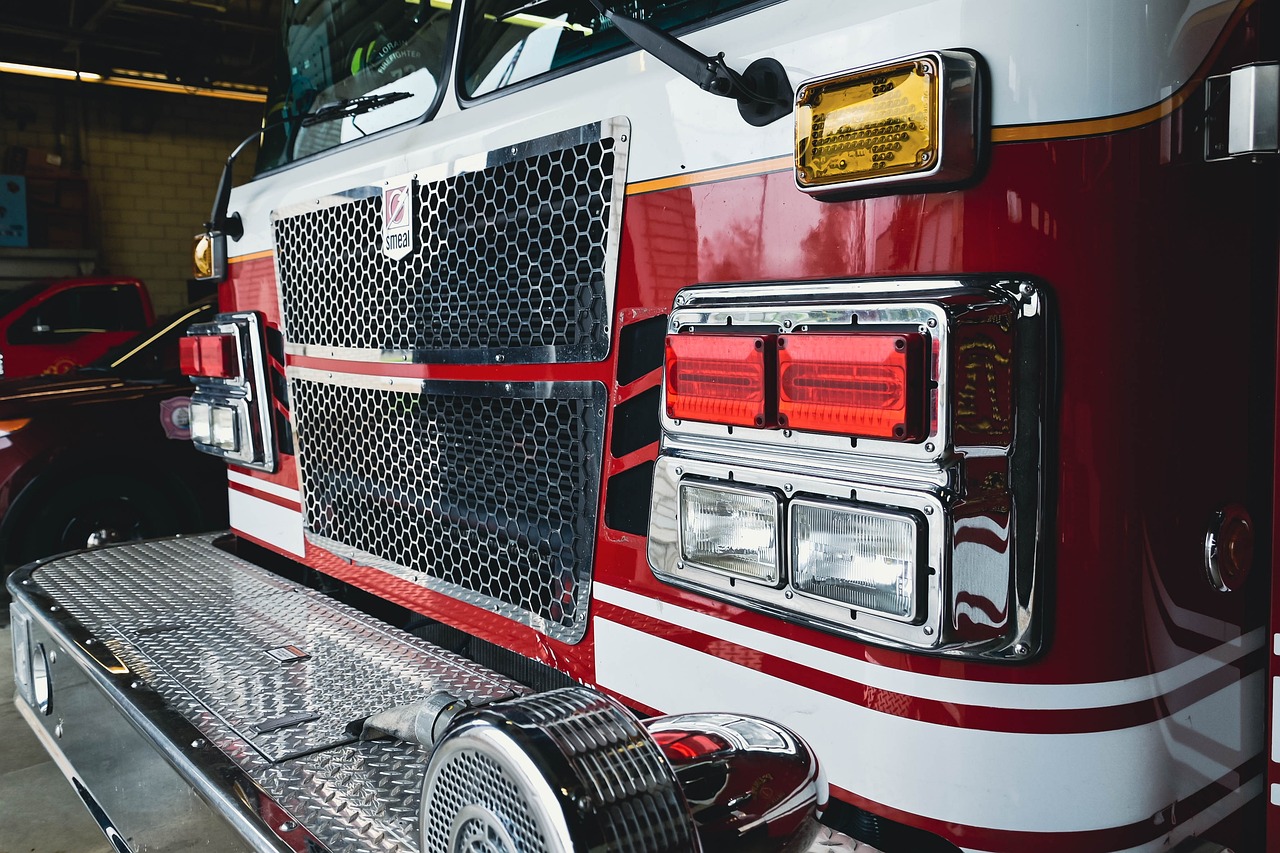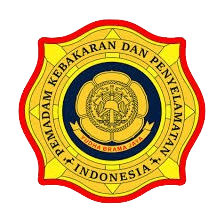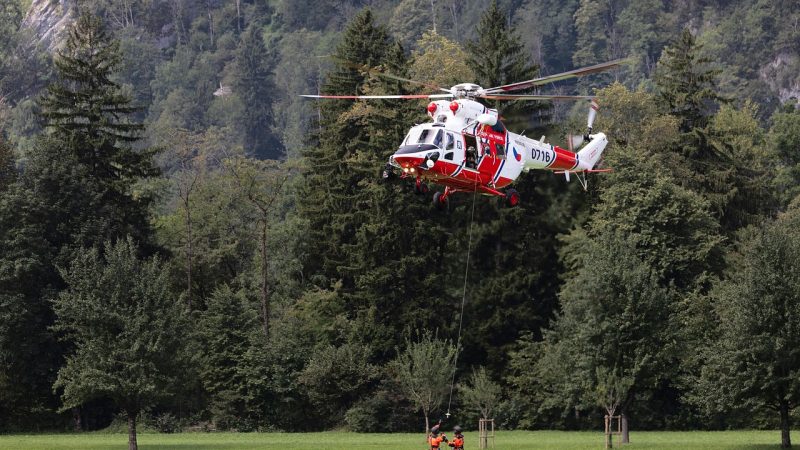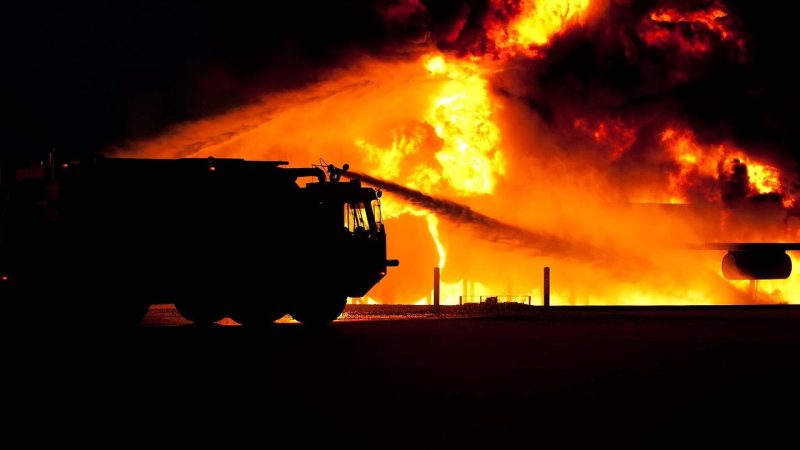Dinas Damkar Metro Tanggapi Longsor di Permukiman Warga

Dinas Damkar Metro, known for its critical role in emergency response within the city, recently faced a challenging situation: a significant landslide affecting the residential areas. This incident underscored not only the importance of effective disaster response but also highlighted the local government’s commitment to community safety and infrastructure stability.
### The Incident: Understanding the Landslide
Landslides, particularly in regions prone to heavy rainfall or unstable soil, pose severe risks to residential communities. In Metro, the landslide occurred due to prolonged wet weather, leading to saturated soil conditions and destabilization of the terrain. The area affected was densely populated, with homes situated at the base of a hill, making them particularly vulnerable to such geological events.
### Immediate Response by Dinas Damkar
Upon receiving reports of the landslide, Dinas Damkar Metro was swift in its response. Emergency teams were deployed to assess the situation, ensuring the safety of residents and minimizing potential damages. Their training and experience were key to managing the incident. Firefighters are often well-versed in disaster response protocols, which include evacuating residents, securing unstable areas, and providing immediate medical assistance.
### Evacuation and Safety Measures
The primary concern during incidents like these is the safety of residents. Dinas Damkar Metro prioritized evacuation efforts, ensuring that families were relocated to safer areas. Emergency shelters were set up, providing temporary housing, food, and medical care for those displaced by the landslide. Community volunteers also played a pivotal role in these efforts, assisting in logistics and providing emotional support to those in distress.
### Infrastructure Assessment and Repairs
Post-incident, a thorough assessment of the affected infrastructure was conducted. Dinas Damkar collaborated with the local public works department to evaluate the stability of roads and structures in the area. The assessment included geotechnical analysis to understand the underlying causes of the landslide. Engineers were tasked with developing an action plan to prevent future occurrences, which could include improved drainage systems and soil stabilization techniques.
### Community Awareness and Preparedness Programs
In the wake of the landslide, community awareness became a focal point for Dinas Damkar Metro. Recognizing that preparation is key to disaster mitigation, they initiated programs aimed at educating residents about natural disaster risks and response strategies. Workshops and drills were organized to familiarize citizens with evacuation procedures, emergency contacts, and first aid techniques. These initiatives fostered a sense of resilience and preparedness across the community.
### Strengthening Policy and Planning
The incident prompted local authorities to revisit existing policies related to land use and urban planning. Recognizing the need for stricter regulations in high-risk areas, new zoning laws were proposed to limit construction on unstable hillsides. Comprehensive land-use planning that takes geological surveys and environmental impact assessments into account became a priority moving forward.
### Collaboration with External Agencies
Dinas Damkar Metro sought collaboration with external agencies, including geological institutes and disaster response organizations. By teaming up with experts in geosciences, they aimed to enhance the predictive capabilities for landslides and improve response strategies. This partnership allowed for data-sharing and leveraging resources for better community safety.
### Use of Technology in Disaster Management
Advancements in technology have transformed disaster management. Dinas Damkar Metro adopted new tools for disaster monitoring and response. Geographic Information Systems (GIS) were utilized to map risk zones, while drone technology was deployed for aerial assessments of damaged areas. This technological integration not only expedited the response time but also provided critical data for future preventive measures.
### Continuous Training for Emergency Responders
To maintain a high level of preparedness, Dinas Damkar Metro emphasized continuous training for its personnel. Regular simulation exercises were conducted to prepare the team for various emergency scenarios, including landslides, floods, and fires. Feedback from real-life events was incorporated into training modules, ensuring that responders remained equipped with the latest knowledge and skills.
### Engaging Local Communities
The engagement of local communities in disaster management activities plays a significant role in ensuring effective response. Dinas Damkar Metro facilitated community meetings to gather input on safety concerns and suggestions. Public forums allowed residents to voice experiences and articulate their needs, which in turn informed Dinas Damkar’s strategies for improvement.
### Psychological Support for Displaced Residents
Beyond physical safety, the psychological well-being of residents affected by the landslide was a significant concern. Dinas Damkar Metro coordinated efforts with mental health professionals to provide counseling services for those traumatized by the event. These services were vital in helping families process their experiences and rebuild their lives after the disaster.
### Future Preparedness Initiatives
In light of the landslide incident, Dinas Damkar Metro is committed to long-term preparedness initiatives. The development of a comprehensive disaster management plan is underway, incorporating lessons learned from the recent events. This plan will include risk assessments for various types of natural disasters, enhanced communication strategies, and improved inter-agency collaboration for effective response.
### Conclusion on Community Resilience
The response by Dinas Damkar Metro to the recent landslide is a testament to the agency’s dedication to community safety and resilience. By focusing on emergency response, infrastructure stability, educational initiatives, and technology integration, they are actively working to mitigate the effects of natural disasters on residents. The commitment to engaging the community and ensuring ongoing preparedness serves as a model for other regions facing similar challenges.
By prioritizing these aspects, Dinas Damkar Metro aims to build a stronger, more resilient community that stands ready to face future adversities together.






